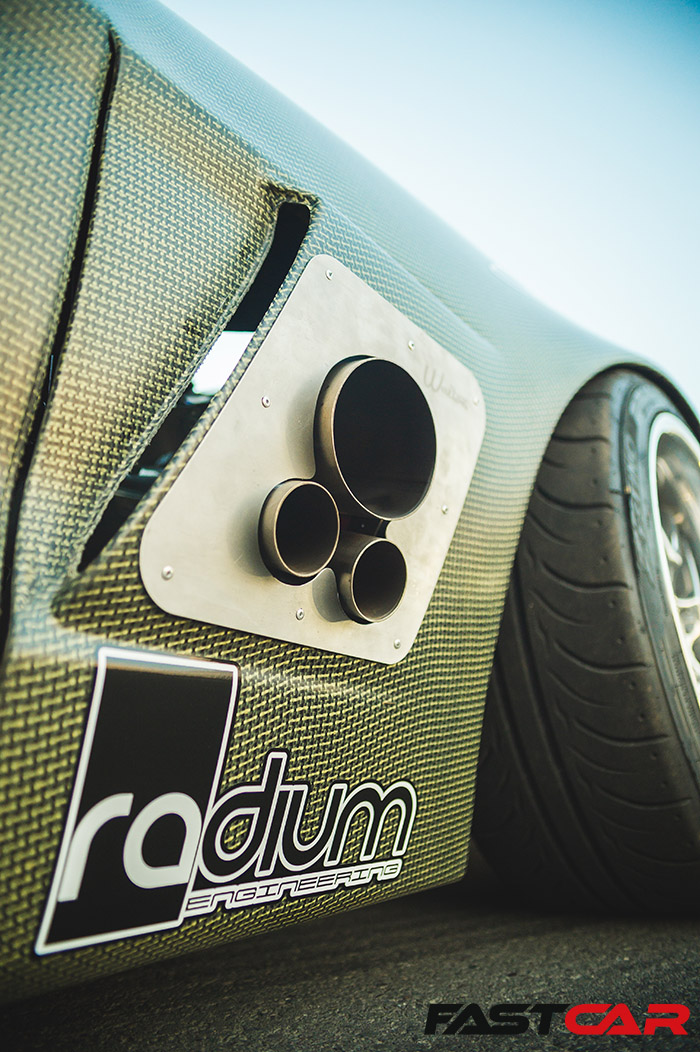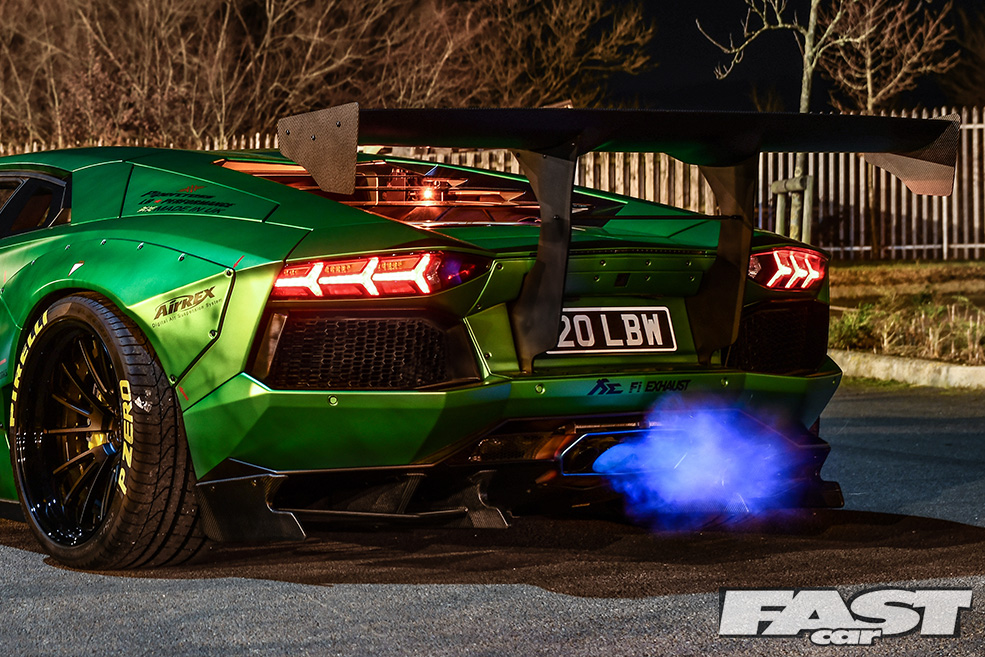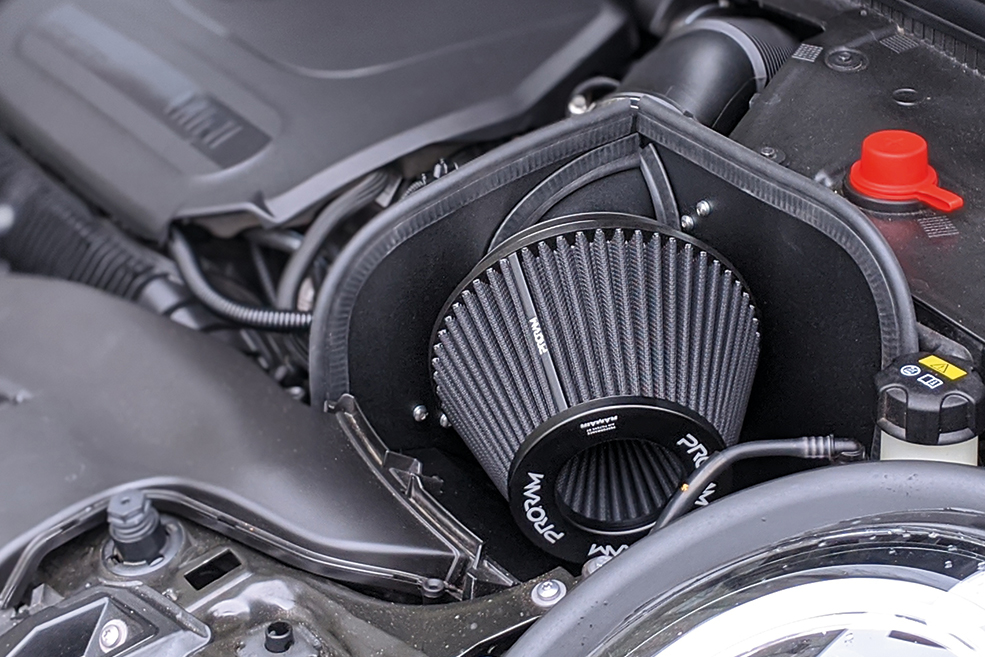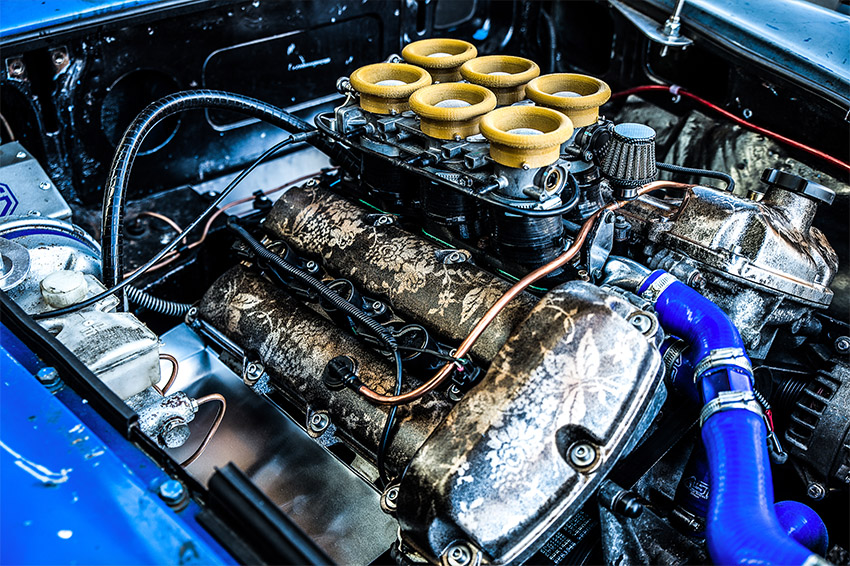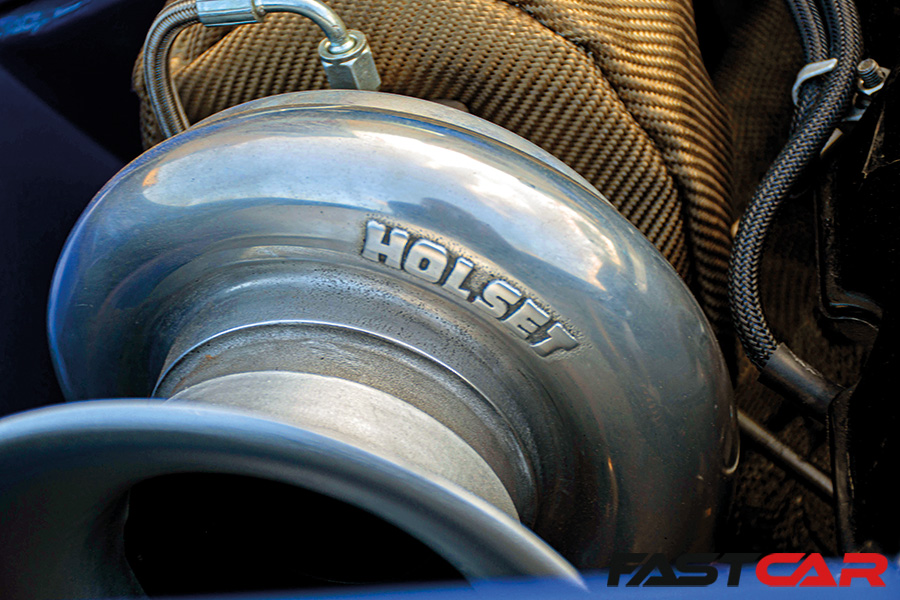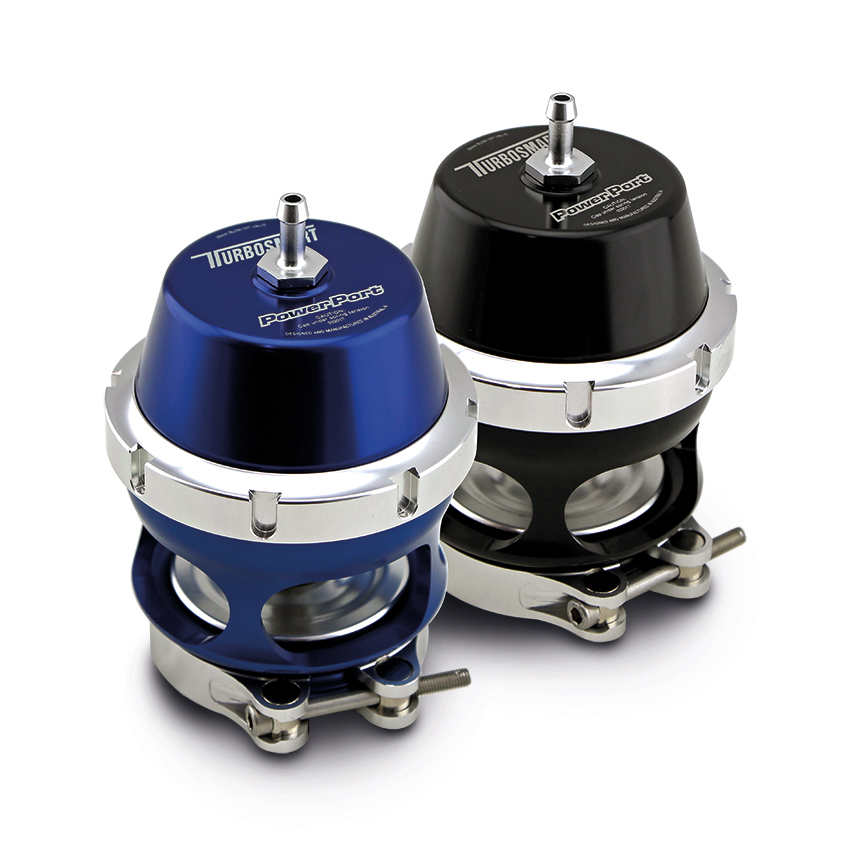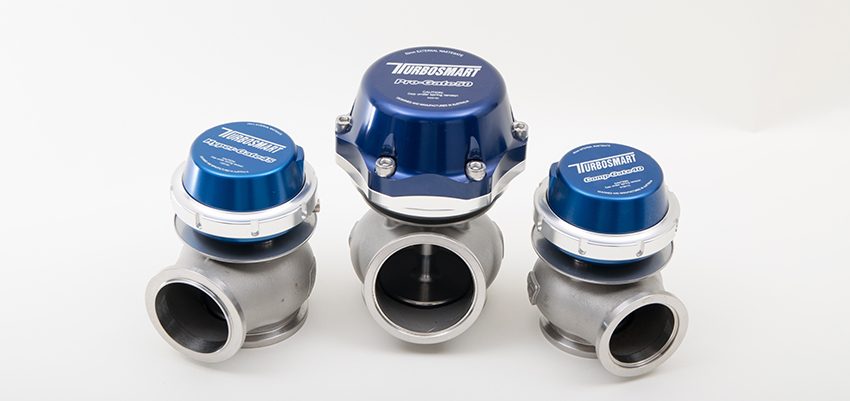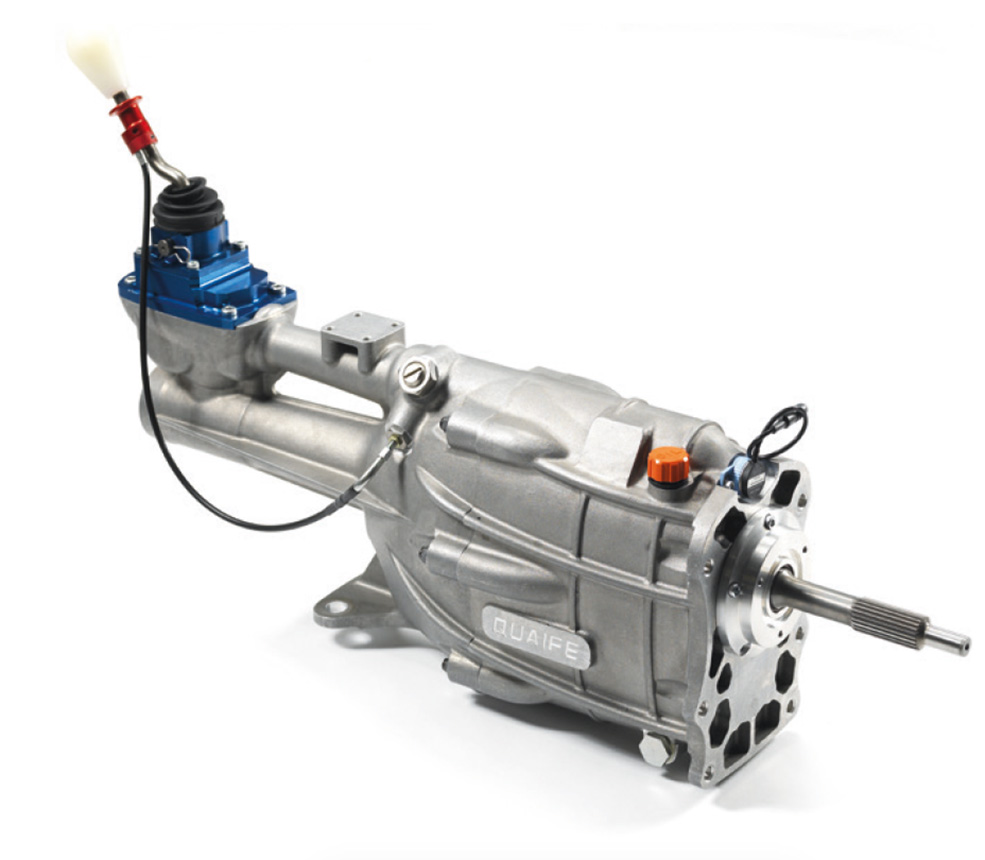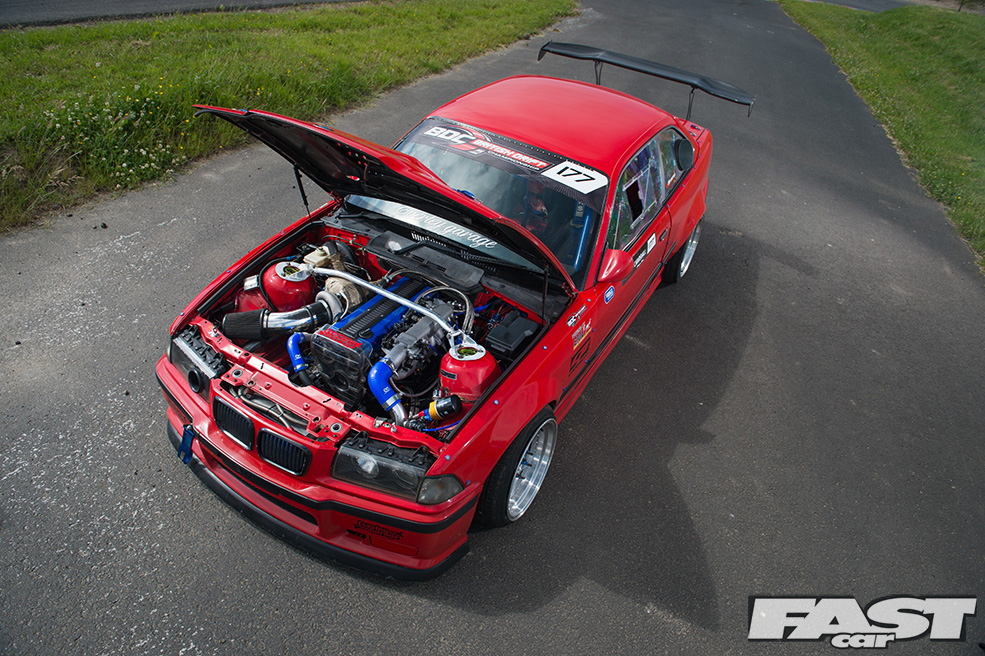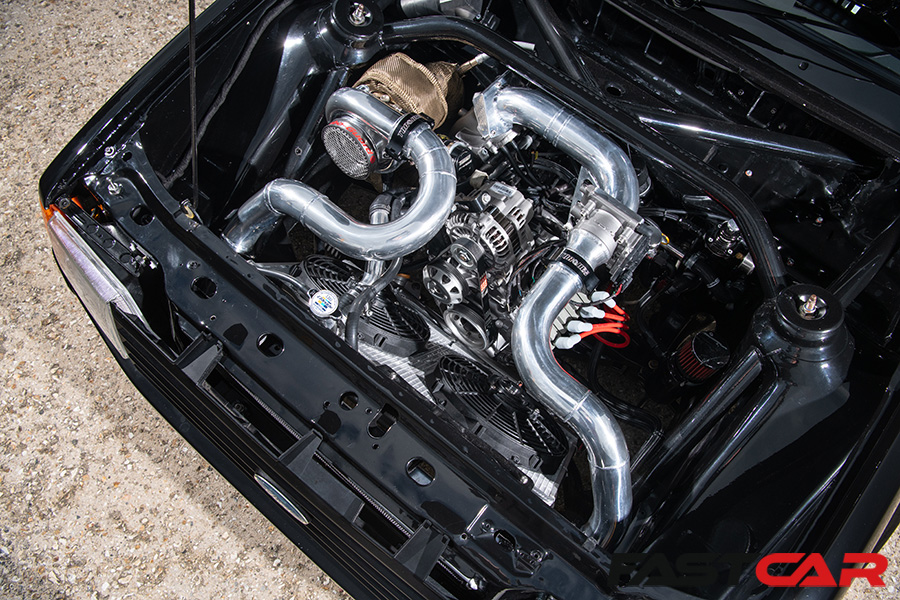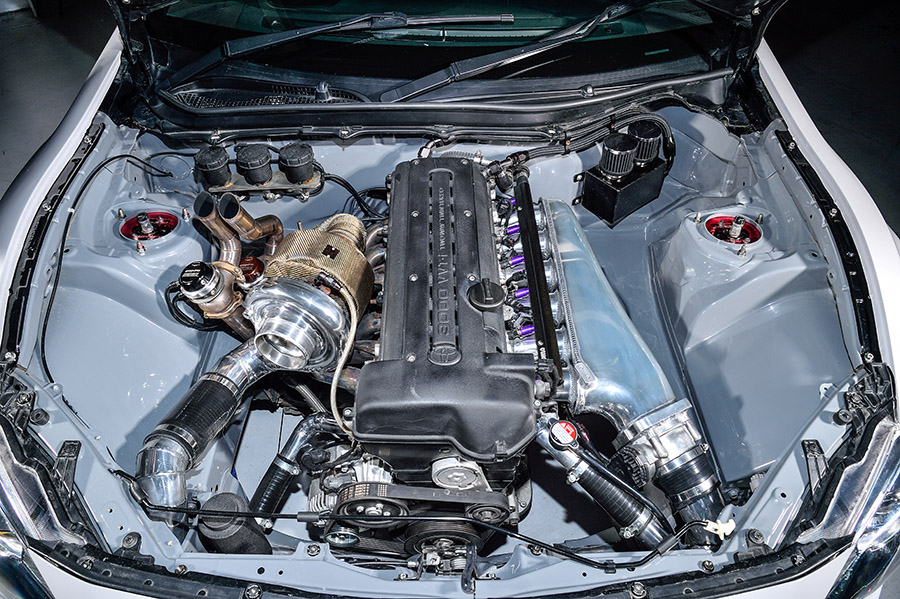There is nothing like the sound of a high-performance car being driven hard. The rumble, roar, and growl of the engine and the screech and squeal of tortured tires can make your heart race with excitement. But what if your car doesn’t sound as good as you want it to? Thankfully, there are several ways to make your car sound better and more impressive when it comes to performance tuning.
In our ultimate guide, we will dive into the different noises that a performance car makes and how you can enhance those sounds. From best exhaust noise to induction noise, turbo noises to hard cut rev limiters, anti-lag systems to flat-shift and sequential gearboxes, and even engine swaps – we’ve got it all covered. So, get ready to say bye-bye to a boarding soundtrack as we take you through the ultimate guide on how to make your car sound better than ever before!
Exhaust Noise
A car exhaust system plays a significant role in the sound output of a performance car. Understanding the factors that contribute to exhaust noise can help you choose the right upgrades to achieve your desired sound. Various components, such as the muffler, exhaust tips, and the size of your exhaust pipes can influence the tone and volume of the exhaust noise. Through modifications like a muffler delete or aftermarket exhaust, you can alter the sound to be louder or have a better tone. The interaction of exhaust gases, sound waves, and resonators creates the unique sound of your car’s engine.
Axle-back, cat-back, and sports muffler upgrades
Performance axle-back and cat-back exhaust systems offer different options for improving the sound of your car. An axle-back system focuses on replacing the stock parts with a performance muffler, resulting in a more aggressive exhaust note. On the other hand, cat-back systems replace the midpipe from the catalytic converter backwards too, which can also create an even louder exhaust sound and further enhance performance.
Sports cats, de-cats, resonator deletes, and performance downpipes and headers
Sports cats and de-cats improve exhaust flow, resulting in a deeper and louder exhaust note and ultimately more power. Performance downpipes and headers boost horsepower and torque while adding an aggressive exhaust note. De-cats offer the least restriction to flow and give the loudest and most aggressive exhaust notes, but are not always compliant with local emissions laws. Sports cats are significantly better at flowing gases than factory catalytic converters and in most cases reduce harmful emissions enough to remain street-legal, but it’s always best to check your local emissions laws before fitting any upgrades to your exhaust system.
Induction Noise
What is induction noise? It’s created by air flowing into the engine’s combustion chamber through the intake system, and can range from a subtle whoosh to a loud roar. Factors like intake pipe size, manifold design and even the material it’s made from can all influence the induction noise of an engine. Upgrading throttle bodies and using performance induction kits can enhance the sound by increasing airflow into your engine, unlocking more power potential and making your car sound awesome as a result.
Intake kits
Intake kits (also called induction kits) can enhance both the sound and performance of your car by increasing airflow to the engine. There are several types of induction kits available, including cold air intake kits, ram air intake kits, and short ram intake kits. Cold air intake kits bring in cool air from outside the engine bay, resulting in improved performance. Ram air intake kits use the force of the air to further boost airflow. Short ram intake kits provide a shorter path for air to flow into the engine, leading to quicker throttle response.
Throttle bodies
Throttle bodies are a crucial component in regulating the airflow into the engine. By upgrading to a larger throttle body or adding a set of individual throttle bodies (one per cylinder) you can improve engine performance and alter the sound of your car at the same time. Boosted engines often require a larger single throttle body for easier installation but for the most authentic race car roar, you can’t beat a set of individual throttle bodies.
Turbocharger Noises
Turbochargers produce fascinating sounds that add excitement and character to any car’s engine. We’re not saying that should you add a turbo to your car just for the noise (they are an unbeatable way to increase power and improve performance) but if you’ve already got a turbo fitted to your engine, there are a number of ways you can quickly and easily enhance the sound of your car.
Blow-Off Valves
Blow-off valves (often called dump valves) are crucial components of a turbo system, and they are responsible for creating distinct turbocharger sounds. Turbocharged engines force boosted air into the engine at higher pressures to create more power. But when you lift off the throttle, that boosted air needs to go somewhere, and this is where blow-off valve comes in. By releasing excess pressure, these valves produce a characteristic “whoosh” sound that car enthusiasts love. Not only do they enhance the audible experience, but dump valves and blow-off valves can also improve turbocharger response and longevity.
One thing to consider, though. Many modern cars use MAF (mass air flow sensors) and dumping a load of metered air to the atmosphere can cause the ECU to have a hard time and result in running issues. A recirculation valve is similar to a blow-off valve, but rather than venting to the atmosphere, the excess air is directed back into the intake system. The downside is this means no “whooshing” when you lift off the throttle. That’s where a dual-port blow-off valve comes in handy, recirculating some air to keep the ECU readings happy, but also venting some excess air to the atmosphere to create the unique car engine sound that only a dump valve can provide.
Wastegate Chatter
Wastegate chatter is something of a myth. Wastegates don’t ‘chatter’. They open and close to control the speed of the turbocharger’s turbine wheel, and therefore control the amount of boost pressure created. The distinctive chirping noise produced by turbocharged engines is in fact caused when boosted air reaches a closed throttle and tries to go back through the spinning turbo blades. It’s potentially harmful to the turbocharger, but in reality, only engines running really high boost pressures are likely to encounter any real problems. Besides, it sounds pretty epic!
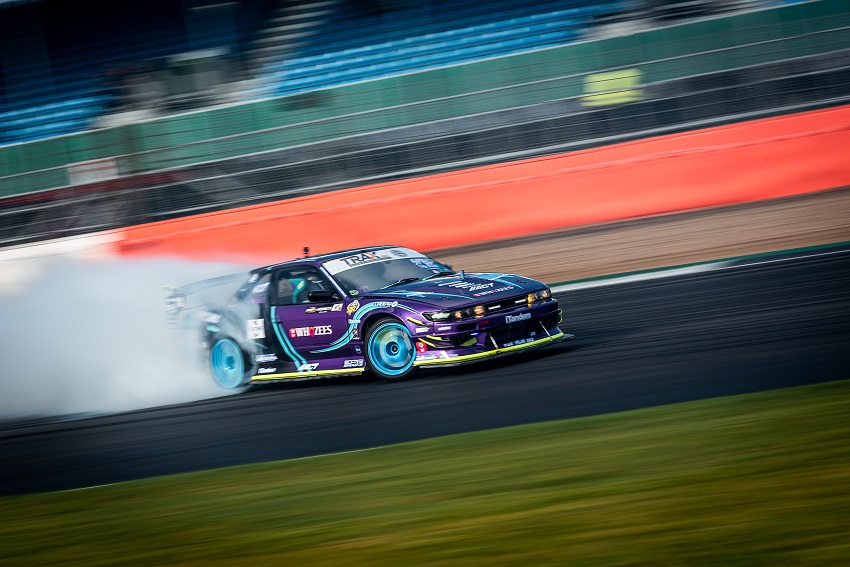
Hard cut rev limiters
There’s nothing more aggressive than the sound of a tuned engine bouncing off the rev limiter. Whether that’s at the Christmas tree lights just about to launch, accelerating on a fast straight just before you grab another gear, lighting up the rear tires in mid-drift, or just plain being a hooligan and revving your engine for thrills at a car show. In all of this cases, the engine is reaching its hard cut limiter.
What is a hard cut limiter?
A hard cut limiter is an ECU feature that cuts ignition at precise RPM limits, enhancing the control of your car during aggressive driving. As a by-product, it gives that aggressive popping and banging engine sound that enthusiasts crave.
Diesel hard cut limiter
Diesel engines don’t have an ignition source in the same a petrol engine does, so there’s no ignition to cut. Most standard diesel engines have a soft cut limiter which trims the fuel delivery to prevent further engine speed increases – it’s also why when you hold your foot flat to the floor in a diesel car it will reach maximum rpm and just stay there.
To improve the sound and driving experience of diesel cars, many specialists can remap the ECU so that it mimics the hard cut rev limiter of a petrol vehicle. By cutting the fuel on and off rapidly, a diesel engine can replicate the popping and banging of a petrol engine when at the limiter. Because of the sound it makes, this upgrade is often called a popcorn limiter.
Anti-lag Systems
If you want the ultimate in car engine sounds, then add anti-lag! These systems maintain turbocharger RPM during gear changes, resulting in instant boost response and reduced turbo lag. Plus, as and added bonus, you’re car will spit flames and produce the most aggressive exhaust crackles and pops you’ve ever heard.
What is anti-lag and how does it work?
Anti-lag systems (ALS) are basically controlled explosions that happen within the exhaust pipe to keep the turbocharger spinning and therefore maintain boost pressure when the throttle is closed. They are actually quite complex systems, and these explosions are effectively a result of incredibly retarded ignition timing, meaning the air/fuel ignites when the exhaust valves are open so that the energy is used to spool the turbo rather than force the piston down the cylinder.
There are several different types of ALS ranging from mild to wild. But the pinnacle has to be the air-bypass or ‘fresh air’ systems. These systems work by injecting air and fuel into the exhaust manifold, igniting it to create a high-pressure exhaust pulse that spools up the turbocharger instantly, reducing or eliminating turbo lag and providing immediate power for high-performance driving. This results in the iconic chirping noises associated with World Rally Cars from the 90s and 00s.
Flat-shift and sequential gearboxes
Flat-shift and sequential gearboxes are two upgrades that can significantly enhance both the performance and exhaust sound of your car. With flat-shift technology, you can change gears without having to lift off the throttle, ensuring seamless acceleration and a continuous flow of power. On the other hand, sequential gearboxes enable faster and smoother shifting, allowing you to make quick transitions between gears. These upgrades not only improve your driving experience but also add an exhilarating element to your car’s engine sound – there’s nothing better than the sound of a tuned car banging through the gears at full throttle!
Engine Swaps
This one is a bit of a cheat., But what the heck, there’s no rules when it comes making your car sound better, right?
Engine swaps are a popular upgrade for enthusiasts looking to improve the performance of their cars. This process involves replacing the original engine with a different one, often a larger engine that can increase horsepower and improve the exhaust sound. Some of the best-sounding engine swaps include V8 engines, rotary engines, and the iconic 2JZ engine. By swapping to a larger engine, drivers can enjoy a more powerful and aggressive driving experience.
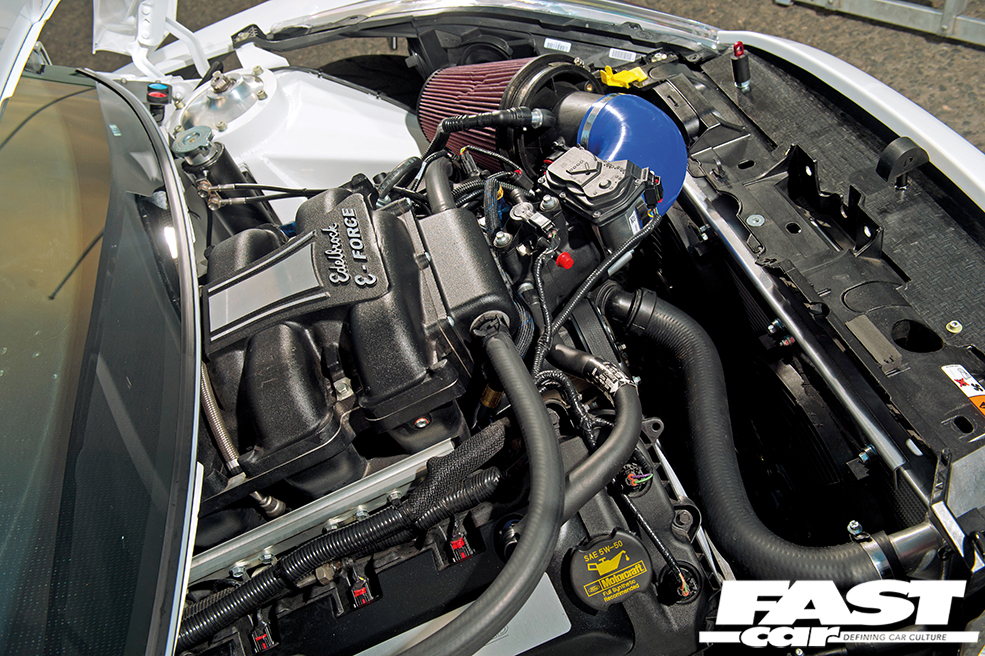
V8 engine swap
Opting for a V8 engine swap can noticeably enhance the sound of your car, giving it a powerful and aggressive exhaust note that appeals to many enthusiasts. The inherent deep rumble produced by V8 engines adds an extra level of excitement to the driving experience. However, keep in mind that this swap requires modifications to both the engine bay and exhaust system. By strategically incorporating these changes, you can achieve a louder and more exhilarating car sound that truly sets your car apart from the rest.
Rotary engine swap
If you’re looking to give your car a unique and high-revving sound, consider a rotary engine swap. Who can forget the awesome-sounding Mazda 787B Group C race car from the 1990s?
The iconic Mazda RX-7 engine is a popular choice that can provide a distinct exhaust note that sets your car apart from traditional piston engines. However, it’s important to note that a rotary engine swap may require modifications to the drivetrain and exhaust system to ensure proper fitment and performance. By making these modifications, you can create a car sound that not only turns heads but also enhances the overall driving experience.
2JZ engine swap
Yes, it will decimate all. Especially if you order overnight parts from Japan. But swapping to a 2JZ engine, famously used in the Toyota Supra, offers a combination of plenty of power plus one of the most exciting exhaust sounds of any engine ever made.
The turbocharged six-cylinder 2JZ engine is known for its ability to handle high horsepower and produce a deep growl. This swap may require modifications to the engine mounts and exhaust system. By undertaking a 2JZ engine swap, you can achieve an increase in power and enjoy an exhilarating exhaust note that will surely turn heads. Enhance your car’s performance and sound by considering a 2JZ engine swap.

